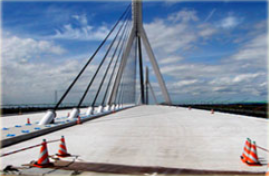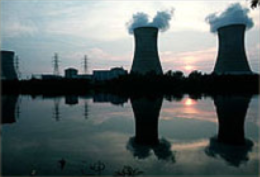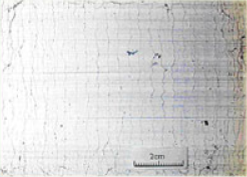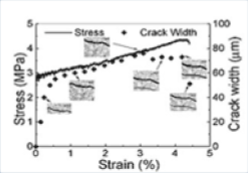Overview
Sustainability
Sustainability has never been a primary goal in the design of civil infrastructure systems. Historically, the foremost concern has been the safety and reliability of major infrastructure components. Until recently, the concept of sustainability had not been included in the majority of infrastructure systems on any level. However, the civil engineering community, along with society as a while, has begun to realize the importance of sustainability-oriented design, construction, operation, and demolition of infrastructure systems. Yet, the incorporation of these concepts into the overall design concept as a primary goal remains unclear to many engineers. Ongoing research looks to provide a platform for future sustainable engineering of civil infrastructures ranging from the micron-length scale of microstructural tailoring to the meter-length scale of structural design.
The newly proposed design framework is based on sustainability concepts, defines through social, environmental, and economic sustainability indicators. This new paradigm incorporated sustainable design in the areas of material microstructure, material composite properties, material processing, structural shape, and overall structural performance, This framework for sustainable material and structural design looks to address the difficulties inherent in incorporating sustainability as a primary engineering design goal through multi-disciplinary cooperation among civil engineers, material scientists, social scientists, geologists, industry leaders, and government officials.
Recent research has shown that the unique mechanical properties of ECC significantly improve the durability of infrastructure systems. The large strain capacity of ECC, along with tightly controlled crack widths possibly may double the service lifetime of new infrastructure, The benefits of increased service life are apparent in a lower frequency of repair and replacement activities, leading to a more sustainable system. Additionally, the incorporation of waste products, such as fly ash and waste foundry sand, look to further increase the sustainability of infrastructure systems incorporating ECC.
Environmental Protection
Nuclear waste from the production of nuclear energy presents a great concern to human health and to the environment. Immobilization of radionuclides is usually first accomplished by binding the nuclear waste in suitable solid waste forms. Subsequently, these waste forms are stored at a repository site having multiple physical and chemical barriers. During a long period of containment, any containment release must be limited to permissible rates. This can be ensured by stabilizing radionuclides in suitable binder phases, and restriction groundwater flow which may transport soluble radioactive species outside of the containment zone.
Leeching in nuclear wastes is generally studied as a diffusion-controlled mass transport process. It has been found that microfractures control the permeability of concrete. Cracking may be caused by thermal and mechanical loads, and shrinkage stresses due to drying or carbonation. Water penetration in concrete has been shown to strongly depend on crack width of the medium. Consequently, permeability of cementitious materials can be greatly reduced by minimizing the crack width or inhibiting crack formation altogether.
The high fracture resistance and the small crack width less than 80 mm suggest that ECC may be made to be highly leach resistant, leading to much greater durability of a binder waste form or barrier. The concept of reducing radionuclide leachability using ECC technology, and enhancing sorption by addition of binder modifiers, have been investigated at the ACE-MRL.
Projects
- Development and Characterization of Engineered Geopolymer Composites
- Development of Green ECC for sustainable infrastructure system
- High Fly Ash content ECC
Gallery
Under Construction – Please visit later!






